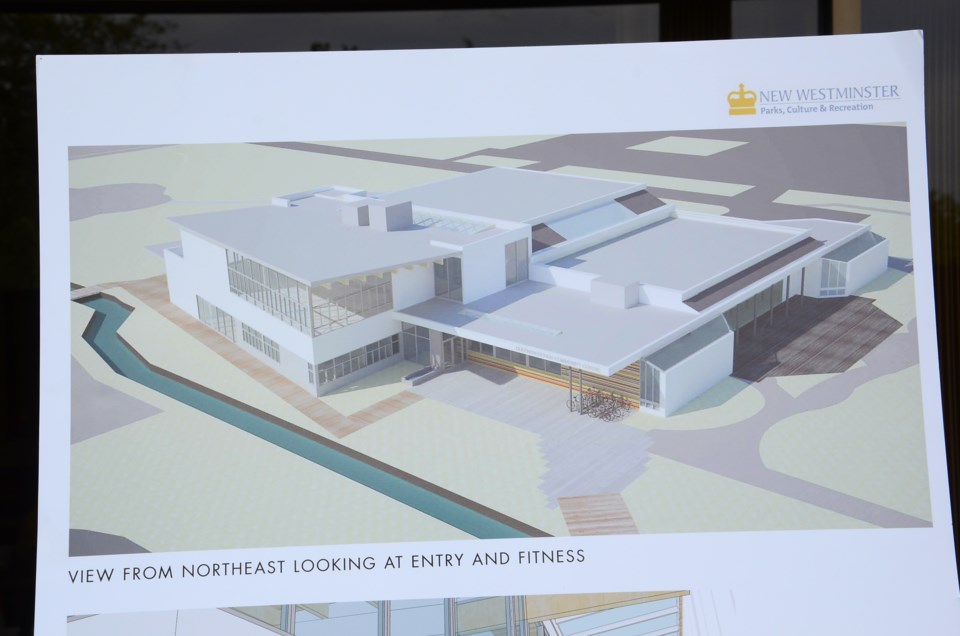The City of New Westminster has received LEED gold certification for the Queensborough Community Centre expansion - three years after the project was complete.
Jim Lowrie, the city’s director of engineering, said the project started in 2010, was completed in the latter part of 2013 and just received gold certification. He said it’s the first civic building to achieve that status, which is one of the highest standards of building construction in Canada.
The centre includes sustainable design features such as high-efficiency heating and cooling systems, increased use of natural light to reduce energy consumption, roof thermal insulation and exterior art features that use rainwater from the roof.
“The expansion of the Queensborough Community Centre has been an exemplary project for the City of New Westminster in demonstrating the city’s leadership and commitment to constructing green buildings,” said Mayor Jonathan Cote. “Through careful planning, community consultation and implementation of cutting-edge sustainability features, we have been able to create a welcoming and inviting place that will serve as a legacy to our community for future generations.”
LEED certification, which addresses environmental impacts through the design, construction and operation of the building, is obtained through third-party verification and is administered by the Canada Green Building Council.
Lowrie said the city’s policy is to design and build all new city buildings exceeding 5,000 square feet to LEED standards.
Outside the Queensborough Community Centre, a water course through the site was preserved and enhanced, a settlement and soil erosion control plan was put in place and drought-resistant plantings preclude the need for in-ground irrigation. Inside features include low-flow plumbing fixtures that have reduced water consumption by up to 30 per cent, a heat exchange system that draws heat from outside to heat the building’s interior at times when possible, and sensors to dim lighting when rooms are unoccupied.



